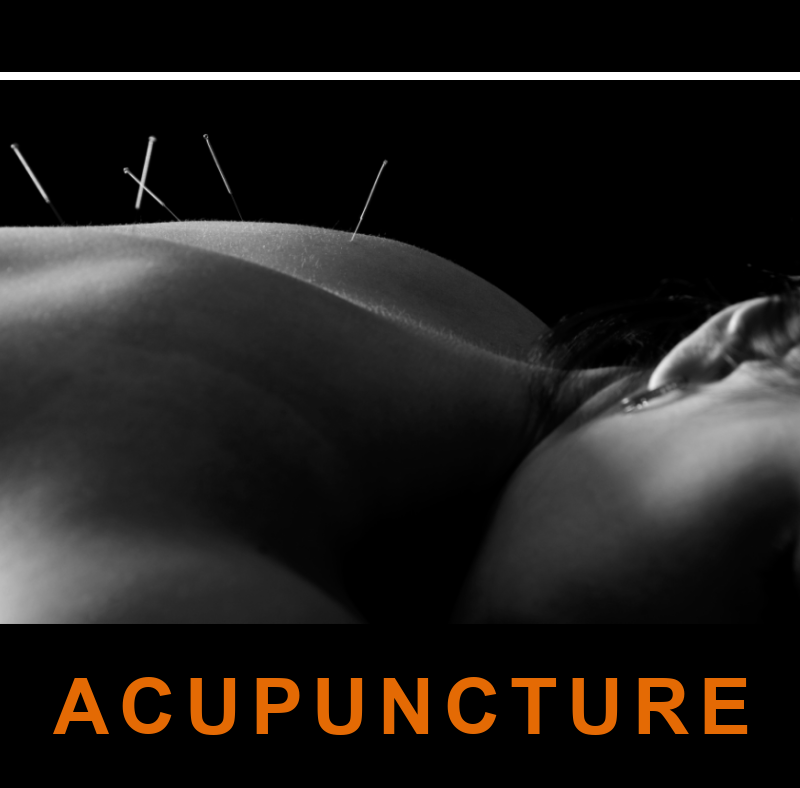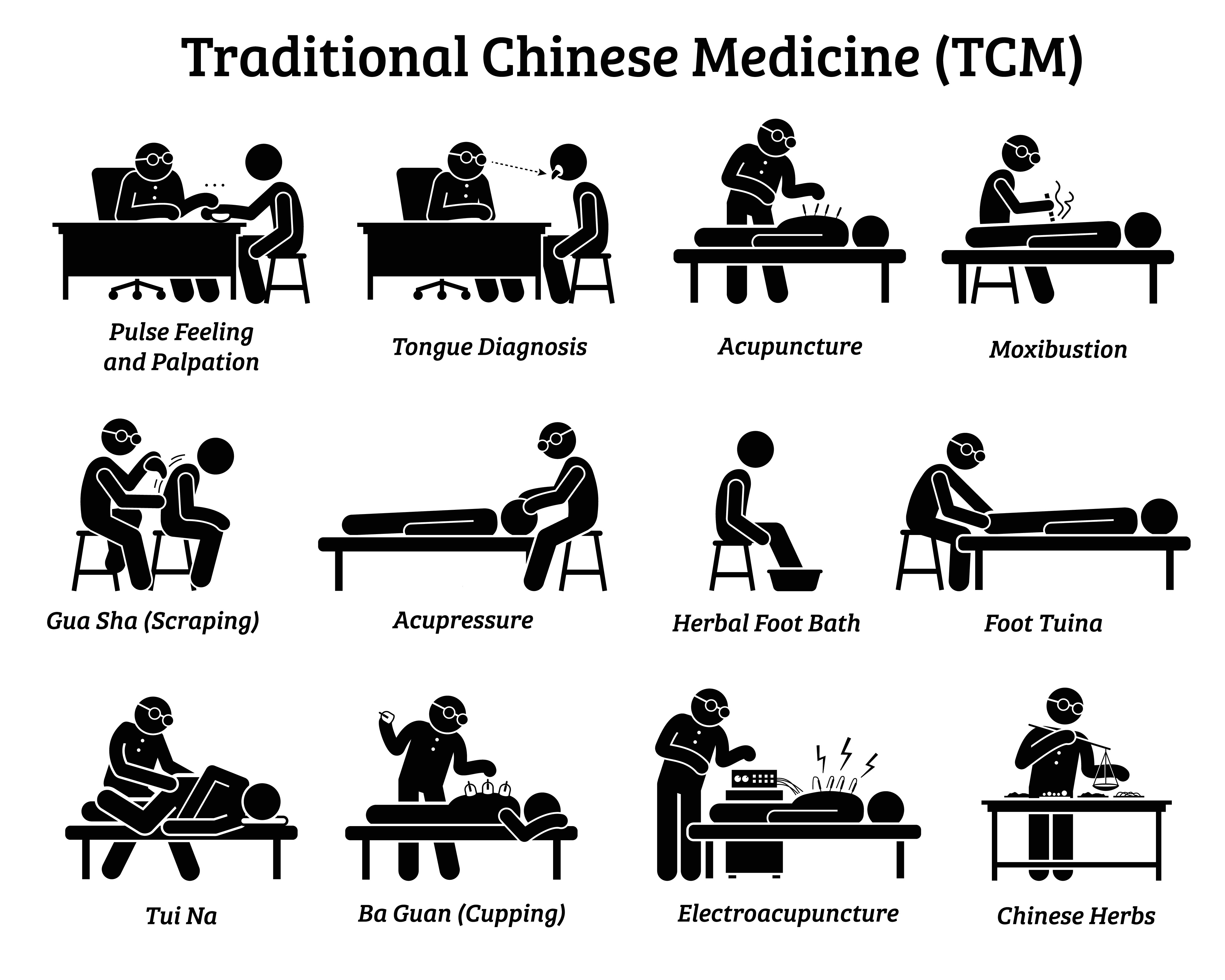
As a fit pro, I’m always looking for options my clients can use to keep them in great health in order to reach their fitness and wellness goals. I’ve recently started officially studying Acupuncture and am looking so forward to becoming a practicing Acupuncturist to further be of service to my clients. For those only peripherally familiar with Acupuncture, let’s discuss what it is, what it isn’t, and how it can help clients and athletes.
It’s starting to catch serious wind in the fitness community as many fitness enthusiasts of all levels are using it, from the weekend warrior, to the working adult professional trying to balance a hectic family and work schedule with activity, to competitive and professional athletes, to elite pro’s on sports teams, and even Olympians.
What is Acupuncture?
Acupuncture is a modality in Oriental Medicine (OM) and Traditional Chinese Medicine (TCM). While there are other modalities encompassed within OM and TCM, acupuncture is the most ubiquitous. It involves needles into specific points on the human body in order to prevent and treat disease and to improve the overall health of the human body. The practitioner can also activate the needles through gentle and specific movements of the needles while they remain inserted in the body or use electrical stimulation (e-stim) with the needles to garner marked results.
The needles used for acupuncture are not like hypodermic needles. Acupuncture needles are superfine and thinner than one used to draw blood. They are solid metal (not hollow like hypodermic needles) and highly regulated for safety here in the United States. Acupuncturists are required to pass a course and exam called Clean Needle Technique (CNT). They require needles to be pre-sterilized, disposable, and packaged individually. CNT also covers the required sterilizing process of the treatment area, proper use and disposal of needles, and having a clean and clutter-free treatment area.
What Acupuncture Isn’t!
- The same as dry needling. Many practitioners such as OT’s, PT’s, DC’s, and DO’s can get advanced training and certification in dry needling technique, which uses acupuncture-type needles and is based on principles of treating trigger points. While acupuncturists can also be trained in this technique, they typically use the following philosophy to treat:
Treatment is accomplished through acupuncture points connected by pathways (otherwise known as meridians). These pathways are responsible for the flow of energy, or Qi (pronounced “chee”). When the blockage of these pathways or meridians occurs, the flow of Qi is disrupted that can lead to disease and pain. When acupuncture is applied to specific points, the belief is that the flow of Qi will be restored, allowing the body to be restored to optimal health and functioning.
Obviously, there are some injuries and diseases that would require other forms of immediate treatment such as a head-on collision during a wrestling match or any other type of acute injury like a pulled muscle during a training session (think of someone going too heavy on the bench press and injuring pectoralis major or too fast on the treadmill and pulling a hammy).
- A catch-all one treatment fits all approach. Qualified practitioners take a full assessment and proper intake of all patients, gathering subjective and objective information prior to choosing the points to focus on during a treatment.
- A new age treatment modality that just came out a few years ago. Acupuncture has roots from over 2,500 years ago. It was widely publicized during the 2008 Olympic games in China. It’s a respected and effective method for injury prevention, treatment, and pain relief. The U.S. National Institutes of Health (NIH) and the World Health Organization (WHO) promote acupuncture as, “A safe and effective tool in managing pain and injury while supporting optimal wellness.”
How Acupuncture Can Help Athletes and Fitness Enthusiasts
- Alleviates chronic pain
- Promotes healthy myofascial tissue
- Speeds recovery from soreness
- Enhances flexibility/keeps muscles pliable and “loose”
- Releases the tight fibers in soft tissue to impact the restoration of normal functioning
- Decrease stress levels and performance anxiety
- Beneficial to people suffering from low back pain (LBP), hip pain, and pain associated with previous acute injuries
- Can be paired wonderfully with other restorative movement modalities like Tai Chi
Locating and Selecting an Acupuncturist
Credentialing varies from state to state as does scope of practice. Some states require acupuncturists to go through more extensive training than others. In some states, acupuncturists are considered primary treatment providers. While in other states, acupuncture is considered Complimentary and Alternative Medicine (CAM).
I live in Arizona and am currently enrolled in a Doctoral of Acupuncture program, and let me tell you, it’s no joke! It’s a 4-7 year program of study to complete with a set of three board exams that I must pass before I can practice as a Licensed Acupuncturist (L.Ac.) in the State of Arizona. Unfortunately, not all states have such stringent requirements and lengthy training programs. Check out your state’s requirements and I always recommend researching your practitioner’s education and level of training before you work with them.
Does Acupuncture Hurt?
Needle insertion either feels like a small pinch or nothing at all if the practitioner is trained properly. The needles are superfine and solid, so it’s nothing like when you get a blood draw or injection. However, bear in mind that people who are sensitive or have pain conditions may experience more discomfort. It is always encouraged to inform your practitioner if something hurts.
Also, it is important to research the practitioner’s philosophy and approach before working with them. Some practitioners have been trained to take a more rigorous approach than others. Just like Fit Pro’s have their methods and belief systems, so can acupuncturists. Just as massage therapists, specialize in a deep tissue method, others prefer performing the more gentle Swedish massage.
Depending on a practitioner’s training and philosophy, the intensity of treatment may vary. The Japanese approach to acupuncture is very light, where the needles barely penetrate the skin whereas needles ay penetrate slightly deeper under the TCM approach. There is no right or wrong way, so long as the needling is done in a safe, regulated manner and within the scope of practice.
The practitioner should always consider the client too, when providing the treatment. Overall, treatment should not hurt. The needles can sometimes ‘zing’ or sting while being inserted but should not ‘zing’ or string during the treatment.
Bear in mind it is recommended not to move during treatment. Treatment typically lasts 20-40 minutes. It is said this is the approximate time that it takes Qi to circulate through the body. If you find it difficult to be still for this length of time, it is important to discuss that with your practitioner. Perhaps you can opt for a different modality or you can request acupressure (rather than using needles, the practitioner can use a tool to press on key acupuncture points that can get similar results).
Depending on what’s being treated, sometimes needling is the best option. In this case, perhaps the practitioner can do a combination where the acupuncture treatment is shorter and is paired with a different modality so that you can practice and build up to 20-40 minutes.
As you can see, one size and one approach does not fit all. It would be prudent to do the research and communicate needs, wants, and preferences up front and as treatment progresses, just like you would with any professional you work with.
Safety and Cost
Many advocates and fans of acupuncture prefer it to conventional medicine because it’s economical, minimally invasive, and needle usage is regulated. Some insurance companies have started to cover acupuncture and some sports teams have acupuncturists on staff. Encourage your clients to contact their insurance company to see if it’s covered. Many acupuncturists have packages and plans as offerings to patients who don’t have insurance coverage.
 Other OM &T CM Modalities
Other OM &T CM Modalities
There are other modalities in OM and TCM that can help athletes and fitness enthusiasts alongside or in place of acupuncture:
- Gua sha
- Moxibustion
- Cupping
Stay tuned for a follow-up blog on these modalities and how they can help your clients stay in top health to keep training, doing what they love to do, at the level they love to do it!
References:
https://www.active.com/health/articles/the-benefits-of-acupuncture-therapy-for-athletes
https://www.acupuncturetoday.com/mpacms/at/article.php?id=32820
https://www.hopkinsmedicine.org/health/wellness-and-prevention/acupuncture







